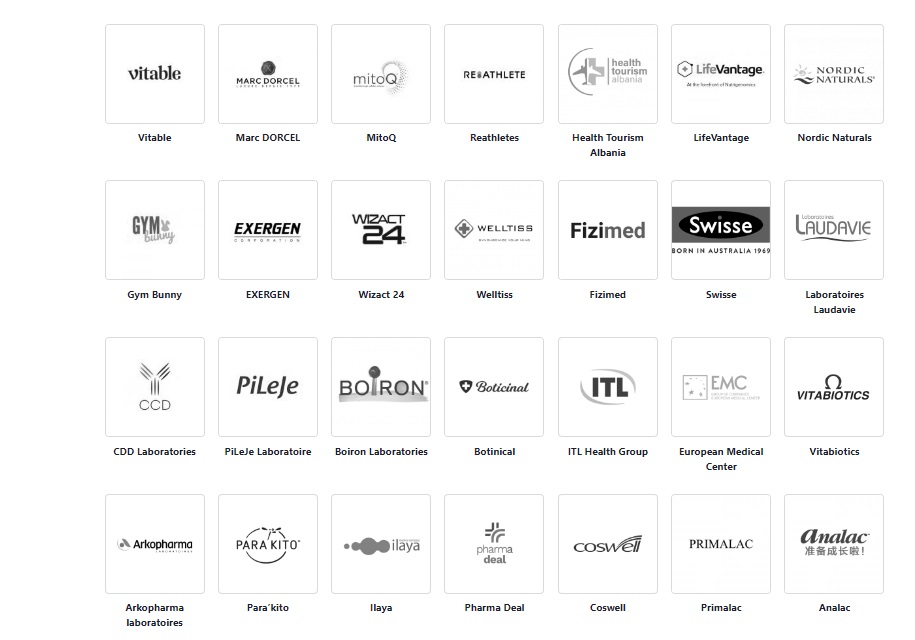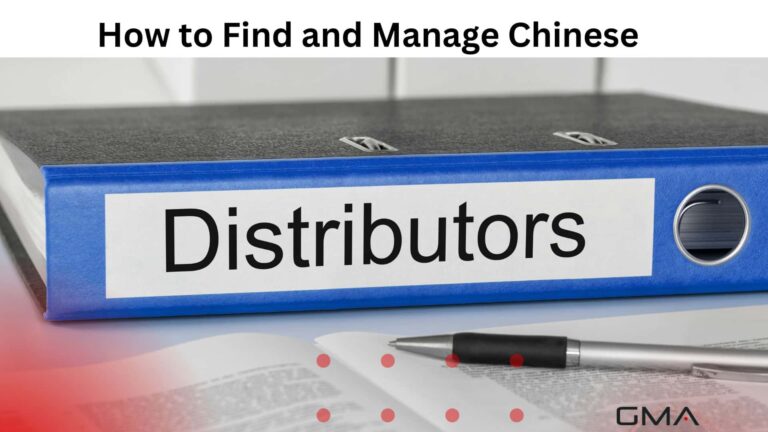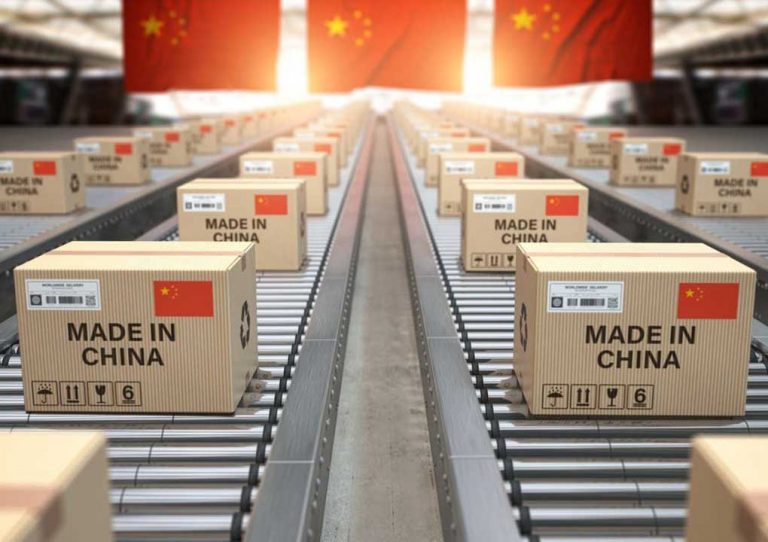How To Choose The Best China Logistic Solution For Your Brand Entry?
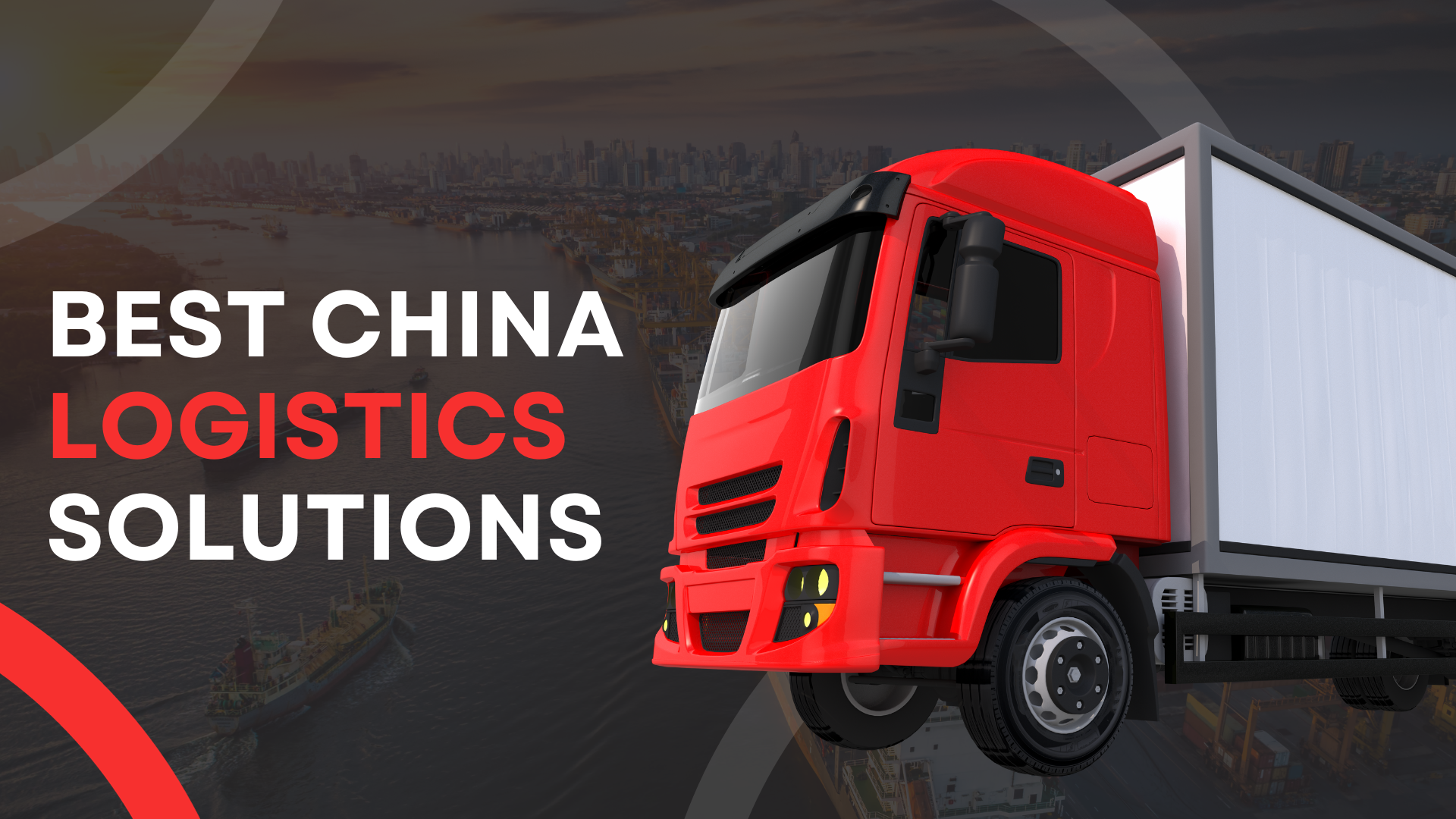
Stepping into the vast landscape of China’s market and its logistics may feel a bit like venturing into unknown territory. There are many logistic options to choose from and many aspects to consider, depending on the products, volumes, and destinations. Therefore, I’ve gathered all the important information regarding logistics here.
The result? This blog post – your guide to choosing an effective logistics solution for your brand’s inaugural venture in China. I’ve sifted through the complexities of customs clearance, unraveled the riddles of warehousing issues, and decoded various international shipping methods so you won’t have to.
Cost-Effective Agency
KPI and Results focused. We are the most visible Marketing Agency for China. Not because of huge spending but because of our SMART Strategies. Let us help you with: E-Commerce, Search Engine Optimization, Advertising, Weibo, WeChat, WeChat Store & PR.
So tighten your seat belts and brace yourself as we chart our course toward capturing the world’s largest consumer market!
Key Takeaways
- Learn about China’s Cross Border E-Commerce (CBEC) market. It’s growing fast and lots of global brands have joined since 2019.
- Check if your product is good for the Chinese market. They love foreign items and there are rules to follow.
- There are two ways to send goods to China. Use either a Direct Import Model or a Bonded Import Model based on what you need.
- Taxes on goods sent to China can be high, so learn how they work.
- Choose the right logistics partner for safety, cost-saving, and good services.
- Know how to handle payments for CBEC deals in China. Also, make sure your customs papers are correct and full in time.
Is China a Viable Market for Your Brand?
Before diving into logistics, it’s essential to determine if China is a suitable market for your brand by understanding the landscape of China’s cross-border e-commerce (CBEC) and evaluating whether your product meets the criteria required for selling through this platform.
Understanding China’s CBEC Market
China’s CBEC market is growing fast. Lots of global brands have entered this market since 2019. This boom brings many chances for new players. Without setting up a local entity, brands can get a foot in the door through CBEC.
The B2B2C model helps foreign businesses reach Chinese buyers via middleman marketplaces. China leads in global e-commerce, with opportunities even for exporters from places like New Zealand! Plus, it lets Chinese shoppers buy foreign goods online at lower prices.
So, choosing the best logistic solution becomes key for brands entering the market.
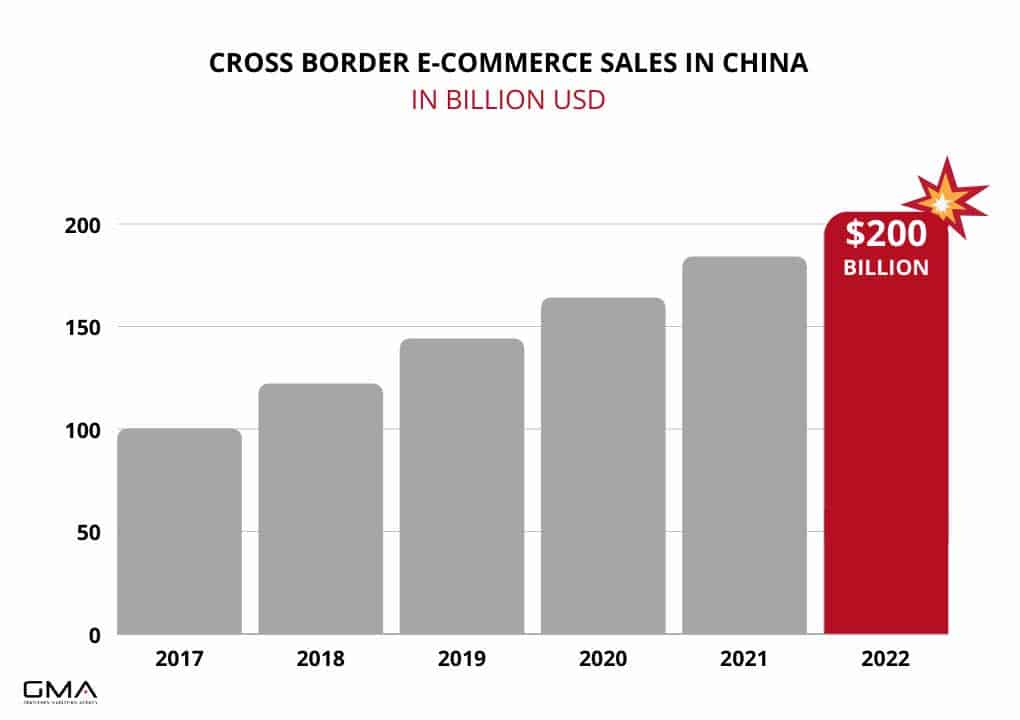
Criteria for Selling Through Cross-Border E-Commerce
Selling your brand in China through e-commerce needs certain things.
- Your product must be of interest to buyers in China. Chinese people love foreign items and this boosts the demand for them.
- Entry into the China market can be tough. You should know that there are rules to follow.
- You don’t need a shop or office in China to sell your items. This is the beauty of cross-border e-commerce.
- Keep in mind, that you may face some limits when trying to sell goods or services from outside China.
- Chinese firms have help from their government and financial sector that you might not get as a foreign business.
- Selling online allows you to sell your items at lower prices, which could make more people want to buy them.
- The key to success when selling in China is picking the right way to get your products there.
China’s Logistics Landscape
China has a really big and advanced system for moving goods around. It includes large roads, railways, big ports, and airports. The government is always working to make this system better and faster, like with the Belt and Road Initiative, which is a big project to connect China to other parts of Asia, Europe, and Africa.
Key Players in the Chinese Logistics Market
A few big companies handle most of the logistics in China. SF Express is well-known for its fast delivery services inside China, and China Post is the national postal service that reaches everywhere in the country. Big international companies like DHL, FedEx, and UPS are also there, offering services for sending things to other countries.
Chinese online shopping giants like Alibaba and JD.com have their own delivery services (Cainiao and JD Logistics) that use a lot of technology and have big warehouses to store and send products quickly.
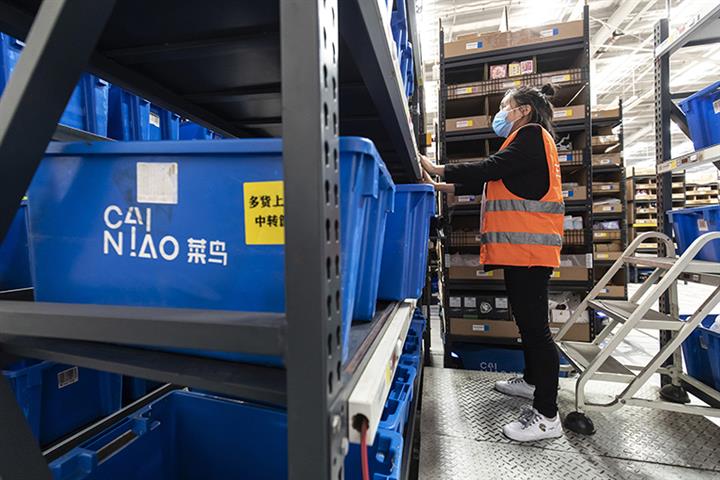
Recent Developments and Trends in Logistics in China
Lately, China’s delivery and shipping services have gotten a lot more high-tech. They use AI and data analysis to make shipping routes better and manage warehouses more efficiently. This means things get delivered faster and cheaper. There are also more automated warehouses and even drones being used for delivery.
China is also trying to make shipping more environmentally friendly, by using electric delivery vehicles and greener warehouses. The COVID-19 pandemic has made contactless deliveries more common and shown how important it is to have flexible and strong delivery systems.
Choosing a Suitable China Logistics Solution
Finding the best logistics solution for your brand’s entry into China requires understanding different types of cross-border e-commerce systems, getting familiar with the tax rates applicable to these transactions, and applying strategic tips to select the ideal logistics partner that aligns with your brand’s needs.
Types of CBEC Logistics Solutions
I want to tell you about some options for logistics solutions in China. These are important for your brand entry.
- Direct Import Model: This first model is simple. You sell goods from overseas to China directly. The goods move directly from your warehouse to the Chinese buyer.
- Bonded Import Model: The second model uses a bonded warehouse. You send products in bulk to this warehouse in China’s free trade zone. When a customer orders, it gets sent from the bonded warehouse.
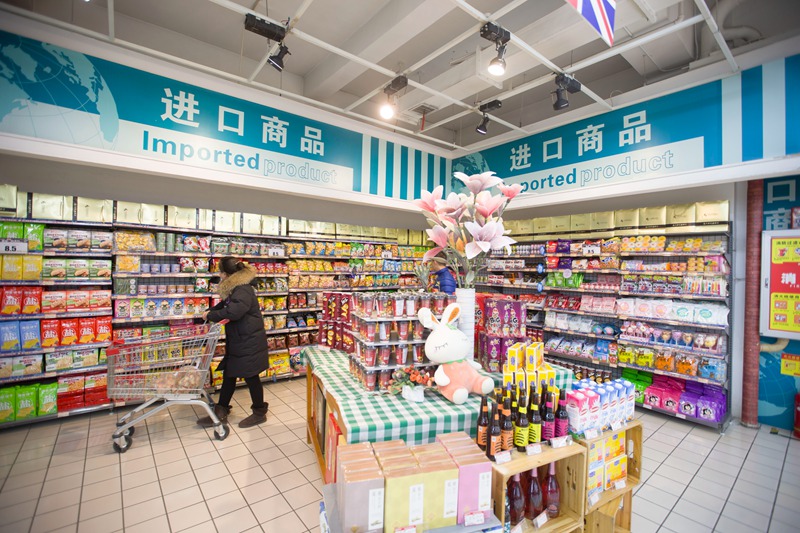
Tax Rates for CBEC Transactions
Understanding the tax rates for CBEC transactions is a major part of selecting the right logistics solution for your brand. These rates apply to both Bonded Warehouse Imports and B2C Direct Shipping Imports.
| Type of Import | Tax Rate |
|---|---|
| Bonded Warehouse Imports | Varies depending on product category, most have a 0% consumption tax rate |
| B2C Direct Shipping Imports | Varies depending on product category, most have a 0% consumption tax rate |
The tax rates for personal postal articles range from 13% to 50%. This means your product could potentially be taxed at a high rate if it falls under this category.
Remember, there are some tax incentives in place, such as the waiver of a RMB 50 fee, which can offset some of these costs. Understanding these rates and incentives will allow you to more accurately calculate your potential costs and profits when entering the China market.
Tips for Choosing the Right Logistics Solution
Selecting the right logistics solution involves several steps.
- Put safety first. It’s vital to ensure that your goods are secure during transport. Always choose logistics companies that prioritize safety.
- Think about costs. A good logistics solution should help you save money in the long run.
- Consider your business needs. The best logistics providers will cater to the unique needs of your brand.
- Do some digging into the reputations and services of providers. Knowing who you’re dealing with will make the choice easier.
- Check where the provider can deliver to or pick up from. You want a broad geographic reach for more flexibility.
- Look at what services they offer. Some may provide extra features that could be beneficial to your brand.
- Don’t forget about security measures in place at their sites or during transportation procedures. These precautions can go a long way towards minimizing risk.
Assessing Your Brand’s Logistics Needs
Identifying the Scale and Scope of Your Logistics Requirements
First, figure out how big your delivery needs are. Do you need to send a lot of products all over China, or just a few items to specific places? Understanding the size of your delivery operations helps in planning the right logistics strategy, like how many trucks or storage spaces you might need.
Understanding Product-Specific Logistics Needs
Different products need different kinds of care when being moved. For example, items that can spoil, like food, need to be shipped quickly and kept cool. Fragile items, like glass or electronics, need special packaging and careful handling. Knowing these specific needs is important so you can choose the right way to ship your products safely.
Below you can see some rules for importing health products:
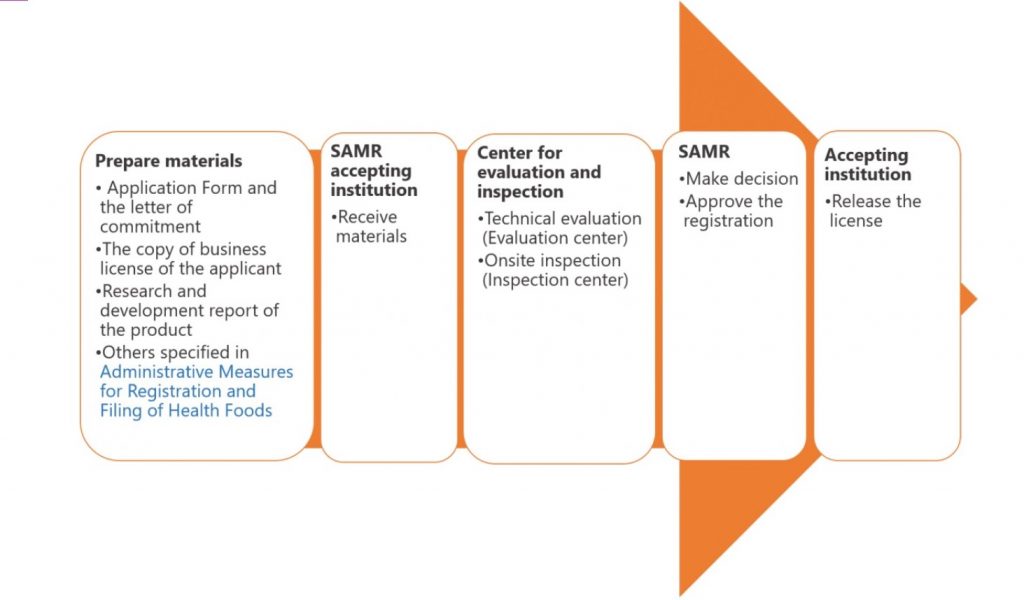
The Importance of Speed Versus Cost
Decide what’s more important for your brand: getting your products delivered super fast or keeping shipping costs low. Faster delivery usually costs more, but it might be worth it if your customers expect quick service. On the other hand, if you want to save on costs, slower delivery might be okay. It’s all about finding the right balance for your brand and your customers.
Evaluating Logistics Partners
A. Criteria for Choosing a Logistics Partner
When picking a company to handle your deliveries, think about these things:
- Reliability: Can they deliver your products safely and on time? It’s important that your logistics partner is dependable.
- Coverage: Do they reach all the areas where you need your products to be sent? A good partner should cover a wide area, especially in a big country like China.
- Expertise: Do they know what they’re doing? You want a partner who understands how to handle different kinds of products, especially if you have special needs like cold storage or careful handling for fragile items.
The Role of Technology and Innovation in Logistics
Technology is really important in delivery and shipping. The right partner should use modern technology to make shipping faster, safer, and more efficient. This includes things like using software to plan the best delivery routes or tracking systems so you always know where your products are.
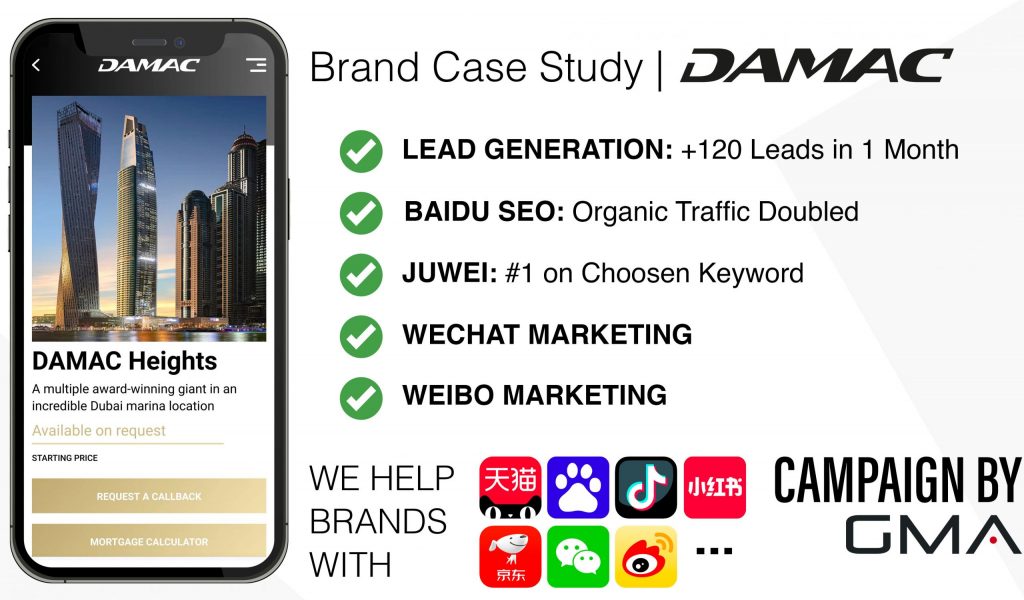
Reviewing Case Studies or References
It’s a good idea to look at examples of how the logistics company has helped other businesses. Case studies or stories from other clients can tell you a lot about how the company works and what you can expect. Positive reviews from other businesses, especially those similar to yours, are a good sign that the logistics partner can be trusted and does a good job.
Integrating with E-commerce Platforms
In China, how well you handle shipping and delivery can make a big difference in succeeding with online sales. Good logistics mean your customers get their orders quickly and in good shape, which makes them happy and likely to buy from you again. Also, being able to track their orders and having reliable delivery times can really improve customers’ shopping experience.
Partnering with E-commerce Giants (e.g., Alibaba, JD.com)
Working with big online shopping platforms like Alibaba and JD.com can be a game-changer. These platforms have their own delivery systems and a huge reach across China. By partnering with them, you can tap into their efficient logistics networks, which can help get your products to customers faster and more reliably.
When it comes to CBEC, the biggest platforms are Tmall Global, JD Worldwide, and Kaola, but you can also sell cross-border on WeChat, Xiaohongshu, and other platforms.
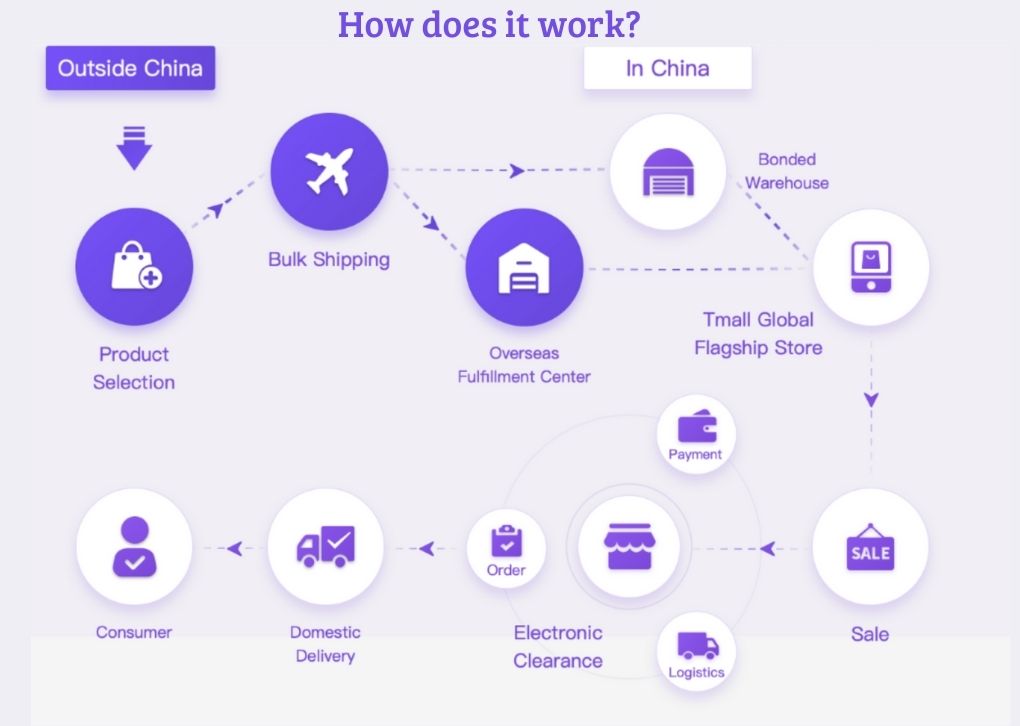
Ensuring Seamless Integration with Online Sales Channels
It’s important to make sure your logistics work smoothly with your online sales channels. This means when a customer orders something from your website or an e-commerce platform, the delivery process starts automatically and efficiently.
You’ll need a good system that connects your sales platform with the logistics provider. This helps in keeping track of orders, managing inventory, and making sure customers are informed about their delivery status. A seamless integration means fewer mistakes, happier customers, and a better chance for your brand to do well in China’s online market.
Navigating International Payment and Customs Clearance
Understanding and effectively handling international payments is a crucial step in your brand’s entry into China. It’s important to familiarize yourself with local payment platforms, as well as foreign exchange rates and regulations.
Customs clearance can be tricky; it involves several steps like filing necessary documentation, paying import duties and taxes, and obtaining release certificates. Having a strategy for smooth customs clearance not only prevents shipment delays but also avoids any unexpected costs tied to your products’ entrance into the Chinese market.
Handling International Payments for CBEC Transactions
Handling global payments for CBEC is vital. You must submit three records to China Customs before they clear parcels. These are payment, order, and logistics facts. There are many ways you can send money for these deals.
The Cross-Border E-Commerce Guidebook sheds light on this topic. It’s a key point to note that the legal importer-of-record often acts as the appointed entity in CBEC transactions.
So it makes sense to get all ducks in a row when dealing with customs and payments for goods sold online into China via cross border e-commerce.
Steps for Customs Clearance in China
Making sure your goods pass through China’s customs is key to successful trade. Here are the steps you need to follow:
- Get all your documents in order. You will need a bill of lading, invoice, shipping list, and customs declaration.
- Make sure these papers are correct and full. Any mistakes can slow down the process or lead to fines.
- Know the rules for your product type. Different goods have different rules.
- Send in all needed papers on time. Late papers can stop your goods from getting through.
- Work with a team that knows what they are doing. A good logistics team will help you get through this process with no problems.
Below is an example of a pre-import license, one of the documents needed in China:
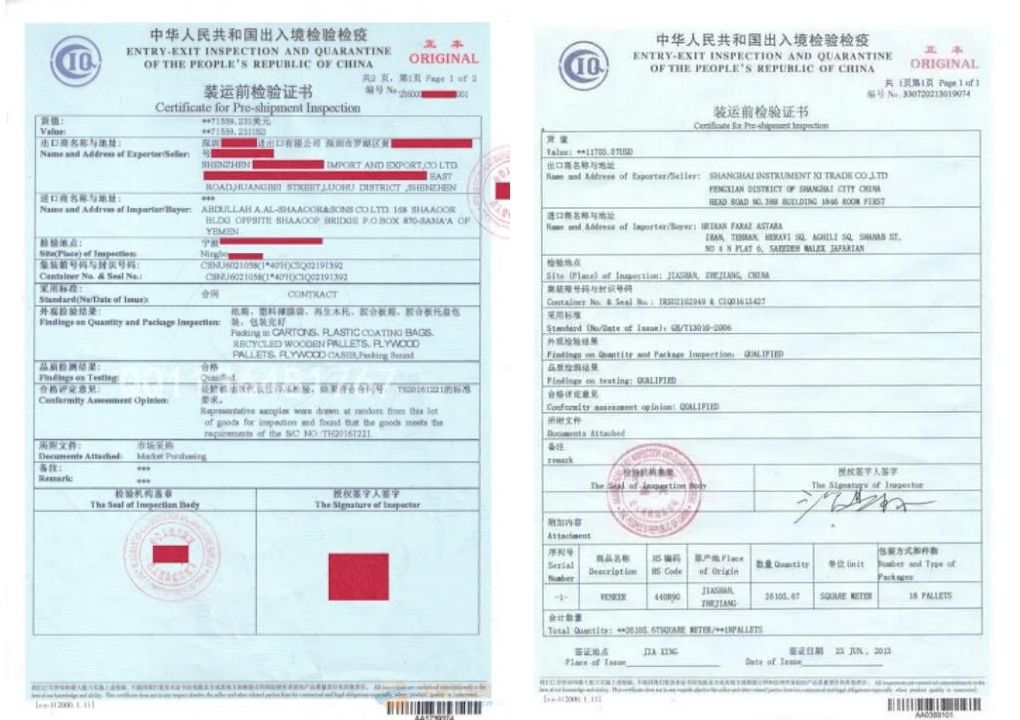
Partner with Gentlemen Marketing Agency for Seamless E-commerce and Logistics Integration in China
Navigating the complex logistics and e-commerce landscape in China can be challenging, but with Gentlemen Marketing Agency, it doesn’t have to be. Our expertise and services are tailored to help your brand seamlessly integrate into China’s dynamic market.
At Gentlemen Marketing Agency, we understand the intricacies of Chinese e-commerce platforms and logistics networks.

Our team of experts will assist you in:
- Strategizing E-commerce Integration: We help you devise a plan that aligns your logistics with major e-commerce platforms like Alibaba and JD.com. Our insights into these platforms enable us to create strategies that ensure efficient order fulfillment and customer satisfaction.
- Optimizing Online Presence: Our digital marketing strategies are designed to enhance your brand’s visibility on Chinese e-commerce sites. From attractive product listings to engaging content, we ensure that your brand stands out.
- Streamlining Logistics Operations: We work with you to streamline your logistics process, ensuring that it integrates smoothly with your e-commerce strategy. This includes assistance with inventory management, order tracking, and ensuring timely delivery.
- Navigating Regulatory Compliance: Our team keeps you updated on the latest regulations and compliance requirements, ensuring your operations run smoothly without any legal hurdles.
- Customized Marketing Solutions: We recognize the uniqueness of every brand and offer customized solutions to meet your specific needs. Whether it’s entering the market for the first time or expanding your existing presence, we tailor our services to your goals.
- Local Market Insights: We provide valuable insights into consumer behavior and market trends, enabling you to make informed decisions and stay ahead of the competition.
With Gentlemen Marketing Agency, your journey into China’s e-commerce and logistics world will be backed by expertise, experience, and a commitment to your brand’s success. Partner with us to unlock your brand’s potential in the thriving Chinese market.
